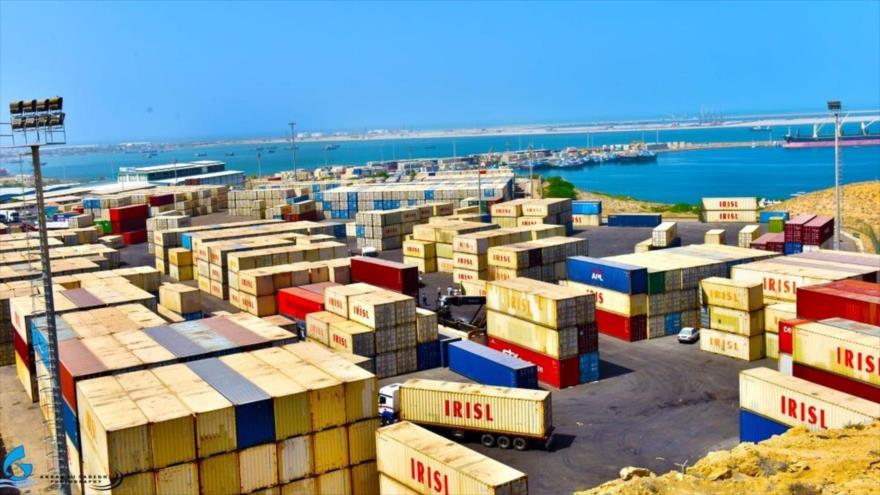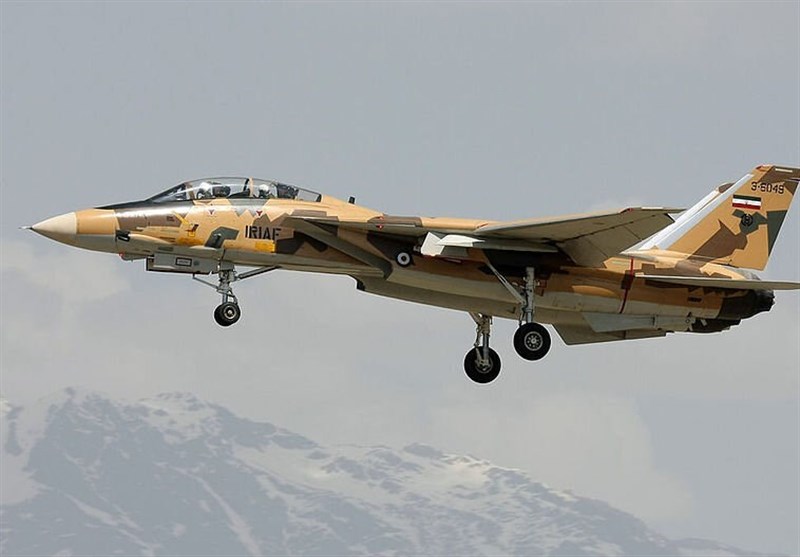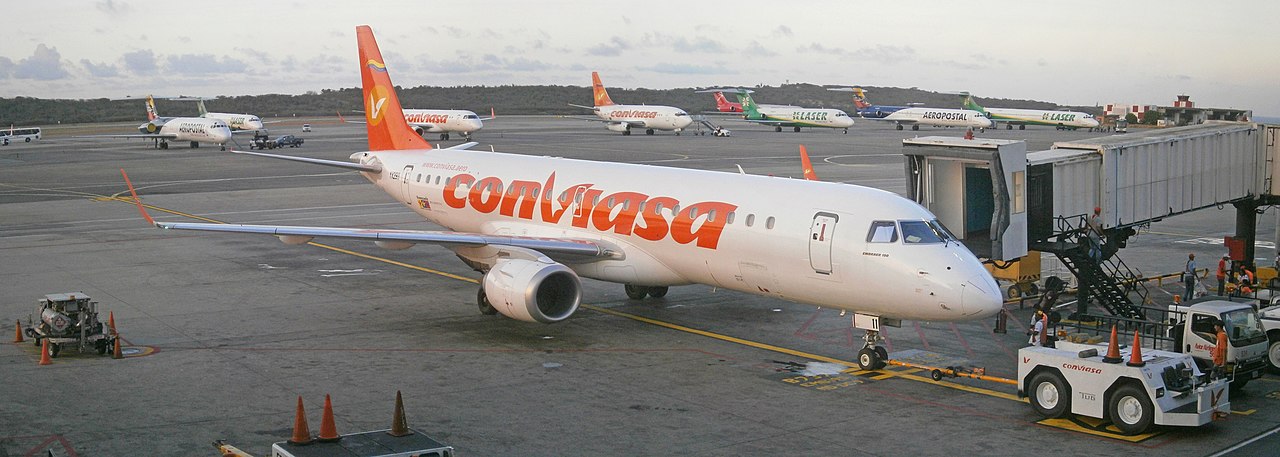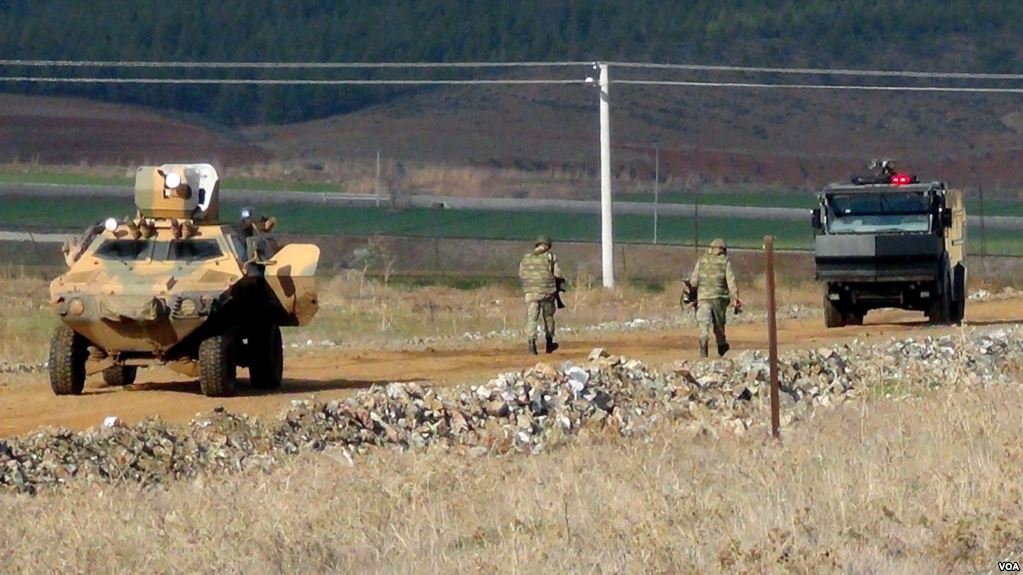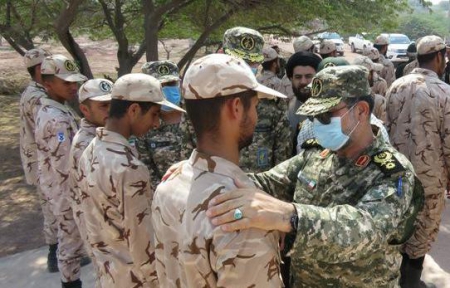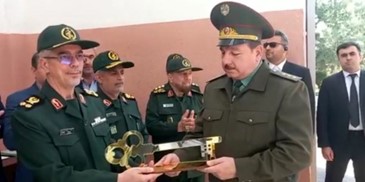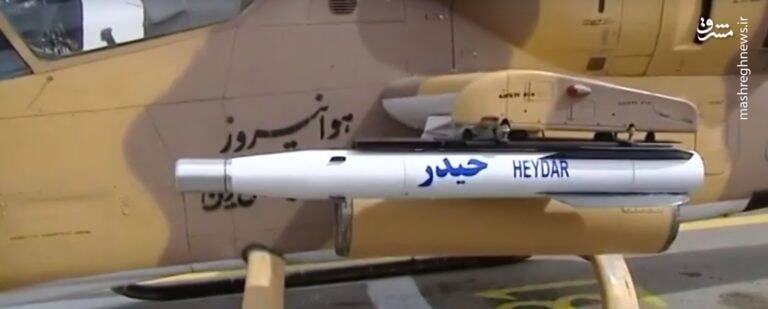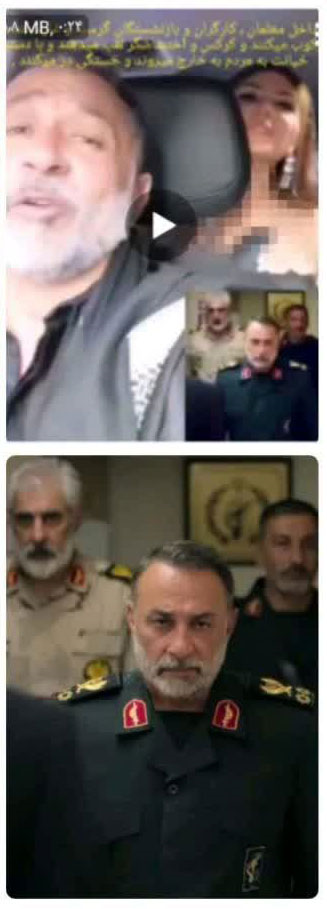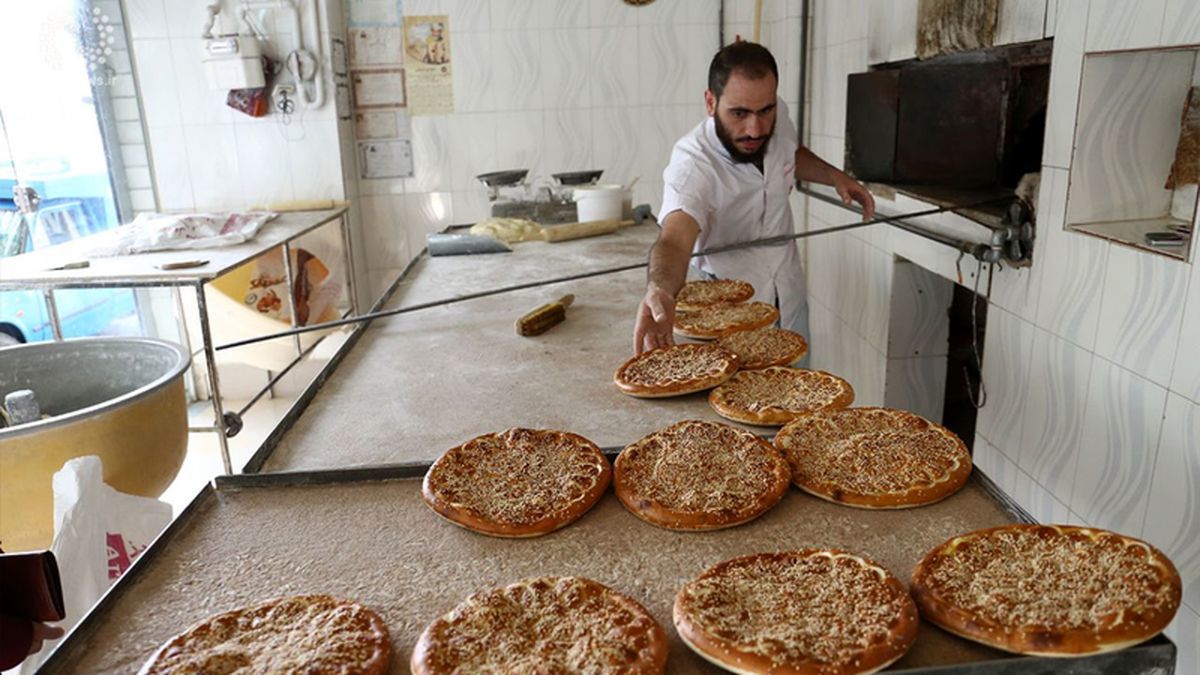Turkish Soldiers in Syria.
“Driven apart by clashing regional interests, Turkey and Iran appear headed for a face-off in Syria, with Tehran explicitly opposing Ankara’s plan for a fresh military operation against Kurdish-held areas, wary of risks to its own posture in the region.”
The Turkish Government’s plan to launch a fifth military operation into Syria is back on the table. The stated goal is to create a 20-mile “safe zone” along Turkey’s border with Syria by targeting areas held by the mostly Kurdish Syrian Democratic Forces (SDF). A Turkish operation into this region and its related repercussions might jeopardize the security of U.S. troops remaining in the region to support and advise the SDF fighting the Islamic State of Iraq and Syria (ISIS). Turkish President Erdoğan announced he intends to start the operation in Tel Rifaat and Manbij and gradually extend to other areas, some of which include Kurdish groups, Iranian-backed militias, Syrian regime forces, and Russian control of the airspace. The accompanying articles analyze the complexity and risks for Turkey, including that of a face-off with Iran.
According to the first excerpted article from pro-government Turkish daily Hürriyet, the critical issue for Turkey is access to Syrian airspace, so it will need permission from Russia and the Syrian regime. Moreover, especially in Manbij, Russia and Syrian regime forces currently control the areas north of the M-4 highway, while Kurdish groups control the area south of the highway. In any ground operation against Kurdish groups, Turkey would find itself facing Russian and Syrian regime forces first in this area. Since Turkey is unlikely to risk fighting Russia, it will seek Russian consent first.
The other critical issue is Iranian opposition and the presence of Iran-backed Shia militias in the area. The second excerpted article from security focused al-Monitor states that Iran will resist Turkey’s operation both militarily and politically, and an operation might lead to a clash between them. Iran perceives the Turkish military presence in Syria as a threat to its interests and has taken several steps to dissuade Turkey from launching a military operation. First, Iranian high-level officials publicly warned Turkey not to launch the military operation. Second, Iran is bolstering its posture by deploying militias to areas with Shiite settlements, including Zahra and Nubl. Third, Iran and the Syrian regime are mobilizing support for the Kurdish People’s Protection Units that Turkey vowed to clear from the area. Fourth, Iran-backed Shiite militias tried to deploy Grad missiles to Turkey’s potential area of operations, but Russia stopped them for now. Iran’s increased presence because of a potential Turkish operation may also impact U.S. forces in the region.
Source:
Sedat Ergin, “Tel Rifat ve Münbiç’te Rusya ve İran faktörleri ne? (What are the Russian and Iranian factors in Tel Rifat and Manbij?),” Hürriyet (a pro-government Turkish daily),3 June 2022. https://www.hurriyet.com.tr/yazarlar/sedat-ergin/tel-rifat-ve-munbicte-rusya-ve-iran-faktorleri-ne-olacak-42076420
“We are entering a new phase of our decision to create a 30-kilometer-deep safe zone along our southern borders,” [President Erdoğan] said, adding: “We are clearing Tel Rifat and Manbij from terrorists. Then we will gradually do the same in other regions.”
…if the operation area is to be limited to Tel Rifat and Manbij, we must take into account that Turkey’s primary interlocutor on the ground will be Russia…
But there are other players as well. The importance of Tel Rifaat is that it is a multi-actor geography in which Russia, Iran, the Assad regime, and the YPG/PYD… have military presence…
A very critical issue to consider in a possible operation is that Russia controls Syria’s airspace west of the Euphrates. Its airspace east of the Euphrates is under the control of the USA. If [a Turkish Armed Forces operation] happens, the airspace will have to be kept open so that the radars of the Russian/Syrian air defense systems do not lock onto Turkish warplanes and unmanned aerial vehicles during the operation of the TAF [Turkish Armed Forces]…
Tel Rifaat is also a region where Shiite militia groups, which are directly under the control of Iran, also exist. This means that Turkey should also take into account the Iranian factor in any operation to be carried out in Tel Rifaat.
Source: Fehim Taştekin,“Iran, Turkey brace for face-off in Syria,” al-Monitor (globally read security news site with regionally based reporting), 10 June 2022. https://www.al-monitor.com/originals/2022/06/iran-turkey-brace-face-syria
Driven apart by clashing regional interests, Turkey and Iran appear headed for a face-off in Syria, with Tehran explicitly opposing Ankara’s plan for a fresh military operation against Kurdish-held areas, wary of risks to its own posture in the region.
Turkey has failed to get a green light from the United States to press ahead with the plan, while Russia appears to be stalling. The Iranians, meanwhile, have sent militia reinforcements to two Shiite settlements northwest of Aleppo, not far from a key area in Ankara’s crosshairs, while trying to talk Turkey out from making the move — apparently with little success thus far…
The notion of rivalry has become an understatement in defining Turkish-Iranian ties. The rifts between the two neighbors have deepened amid an array of issues concerning Syria, Iraq, Lebanon and Yemen, coupled with frictions over the sharing of transboundary waters and a seemingly uncontrolled stream of Afghan refugees to Turkey from Iran…
…the Iranian Foreign Ministry slammed Turkey’s intervention plan, warning that it would only exacerbate tensions and humanitarian suffering in Syria.
…Iranian media outlets have described Turkey’s presence as an “invasion” and referred to the Syrian National Army (SNA), Turkey’s rebel allies, as “Turkish-backed terrorists.” They have accused Turkey of pushing demographic changes to the detriment of the Kurds, expanding the space of “terrorists” under the guise of safe zones, seeking gains to use against Damascus in future talks or laying the ground for annexing Syrian territory.
…“The Syrian regime and its Iranian militias have mobilized and [are] sending reinforcement to the YPG” — a reference to the Kurdish People’s Protection Units, which Ankara has vowed to oust from Tel Rifaat.
Turkey’s state-run Anadolu news agency, meanwhile, reported that Iranian-backed Shiite militia attempted to deploy Grad missiles to the area May 30, but were stopped by Russian forces…
Could Iran go even further now at the risk of a showdown with Turkey? According to the Iranian journalist, Turkey is “well aware” that Iran will defend Zahra and Nubl, even though Iran has avoided directly confronting Turkey in Syria thus far, except for Iranian participation in a 2020 offensive in Idlib that resulted in Damascus recapturing the crucial M5 highway.
Though Ankara has not mentioned Zahra and Nubl as targets, they would fall within Turkey’s range should it take control of Tel Rifaat. The two settlements and Tel Rifaat are seen as a barrier shielding Aleppo…
Today, Kurdish and government control in Tel Rifaat and its environs prevents rebels in Idlib from crossing to the Turkish-controlled Euphrates Shield pocket and accessing Aleppo. The importance of the area feeds suspicions that Ankara’s aims may go beyond weakening the Kurds.
According to various sources, local groups trained and equipped by Hezbollah, Iranian-sponsored Shiite groups such as Fatemiyoun, Hashemiyoon and Zainabiyoun and the Syrian government’s militia the National Defense Forces are all present in Zahra and Nubl. They are reportedly coordinated by the IRGC, which has a headquarters in the area.
Image Information:
Image: Turkish Soldiers in Syria.
Source: Voice of America, via Wikimedia,https://commons.wikimedia.org/wiki/File:T%C3%BCrk_Askeri_Suriye%27de.jpg
Attribution: CC-PD-Mark | PD VOA


